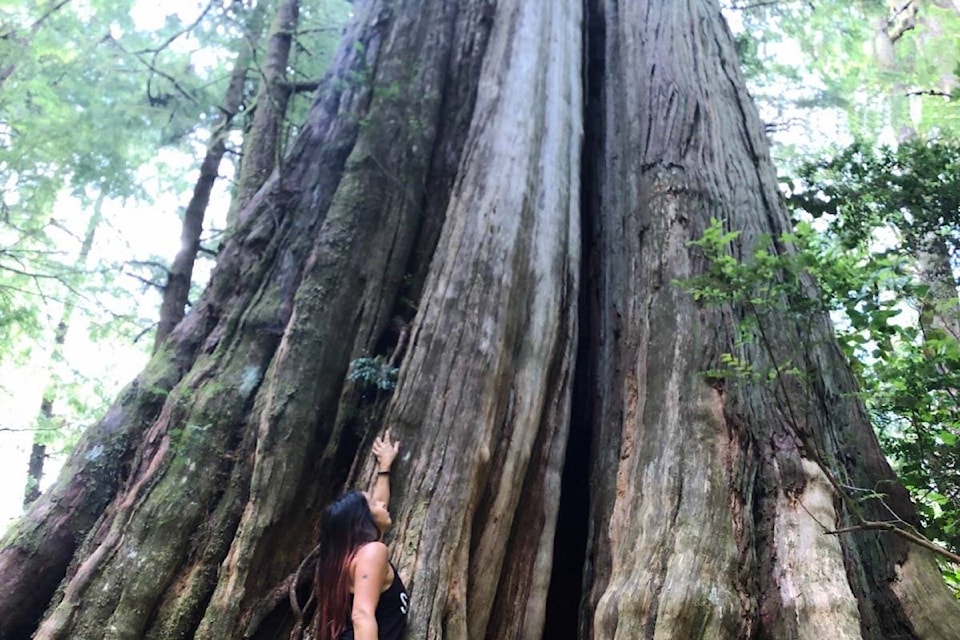Over the transition from July to August, I spent about 10 days on Vancouver Island. Five times I went hiking in old-growth forests. I found it a deeply moving experience.
I couldn’t tell how this summer’s “heat dome” and drought were affecting the giant firs, hemlocks, spruces and cedars of the old-growth forests.
From the ground, they looked fine. Massive trunks soar upwards, 200-300 feet, so straight, so vertical, that they might have been laid out by an engineer with a spirit level. At the top, the canopy of branches opens out into a fretwork vault, lacing the sky with a canopy of needled embroidery.
I took pictures, of course. But pictures cannot capture the awe engendered by an old-growth forest. I need Emily Carr’s exuberant brush strokes, her explosive splashes of colour, to bring out the sacredness of these trees.
But it’s not all about the cathedral image.
Down below, fallen giants nurse new seedlings. Young hemlocks, mostly. One such nurse tree had become a day care for over 30 young hemlocks growing along its length. The death of an old matriarch had opened a trapdoor of sky to let the light in.
I wondered what that forest might say to us if it could speak.
These trees have, after all, had far more years to absorb wisdom than any of us. The bigger trees in old-growth forests have lived 800 years or more.
They were around before this province existed, before Canada, before Columbus, even before the Charter of the Forest, a companion document to the more famous Magna Carta.
Biologist Peter Wohlleben, author of the Hidden Life of Trees, traces the many ways human evolution has been shaped by our interaction with forests in his latest book, The Heartbeat of Trees.
Suzanne Simard, in Finding The Mother Tree, goes further. She helps us see forests as living beings, a community of interdependent life. Blending personal experience with scientific research, she explores the myriad personalities of a deep forest.
A young woman in Haida Gwai told Simard: “The Coast Salish people believe that trees have personhood too. They teach that the forest is made of many nations living side by side in peace, each contributing to this earth.
“Under the forest floor, there are fungi that keep the trees connected and strong.”
Simard’s research has confirmed that indigenous insight. She has proven conclusively that the connections beneath the surface enable the forest to thrive.
A forest is more than the sum of its trees. The forest itself is a living, breathing, organism.
The forests challenge our obsession with individualism. We have made a cult of standing alone, of being ruggedly independent. We are so immersed in the cult of individualism that, as Robert Bellah noted years ago, when we think of breaking free of individualism, the only route we can imagine is to be more individualistic.
No matter how tall it stands, a Douglas Fir, towering in lofty isolation over a clear-cut hillside, will never say, “Every tree for itself.” Or, “I won! I won!”
We could learn something from our trees. We are not alone. We live in an interconnected world.
Jim Taylor lives in Lake Country. rewrite@shaw.ca
